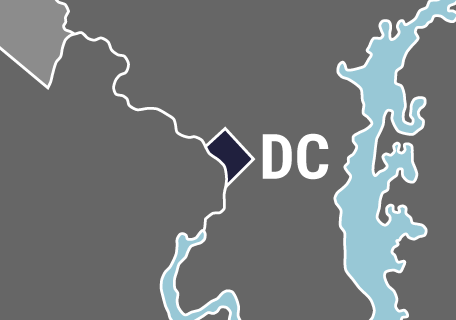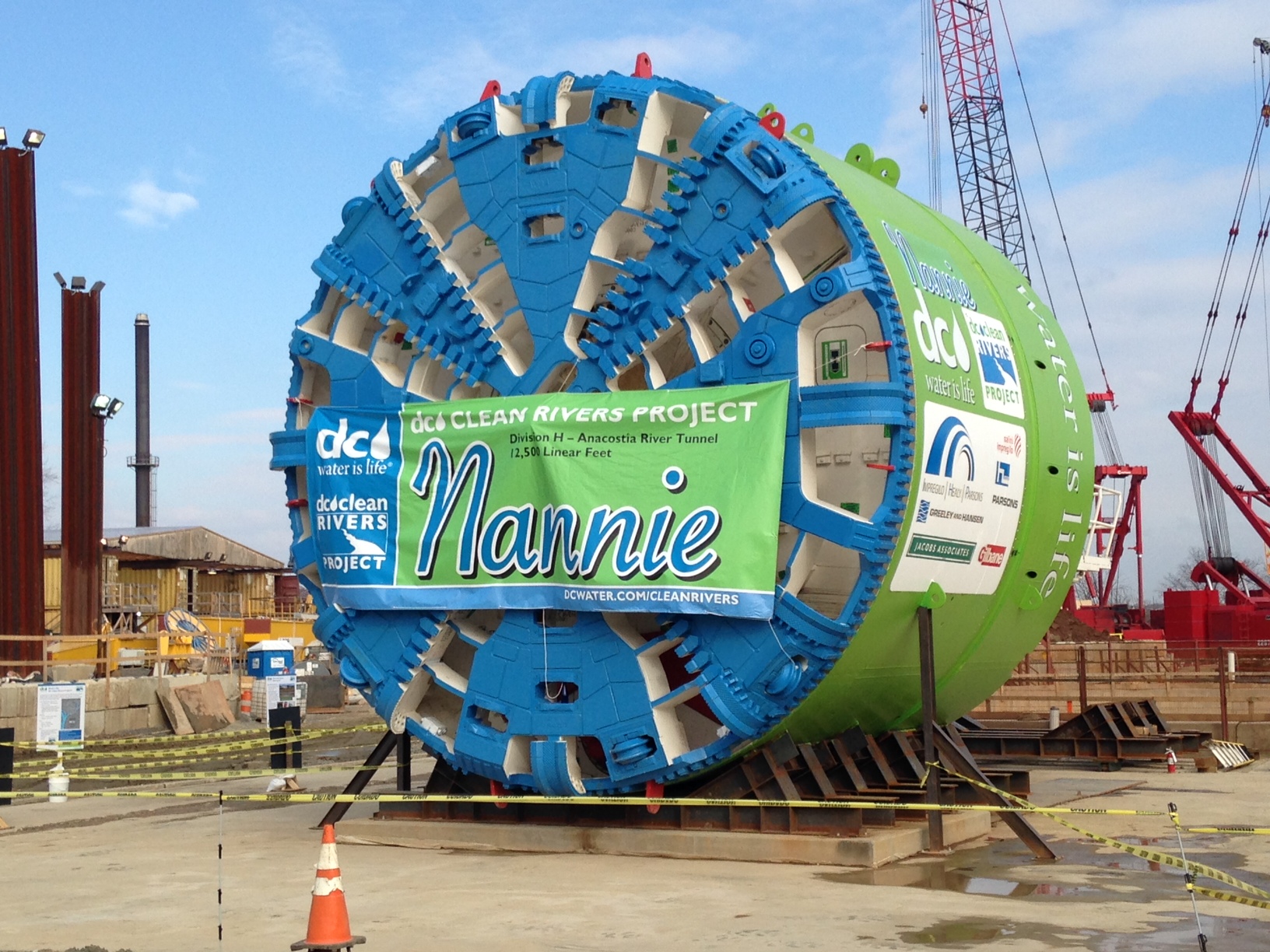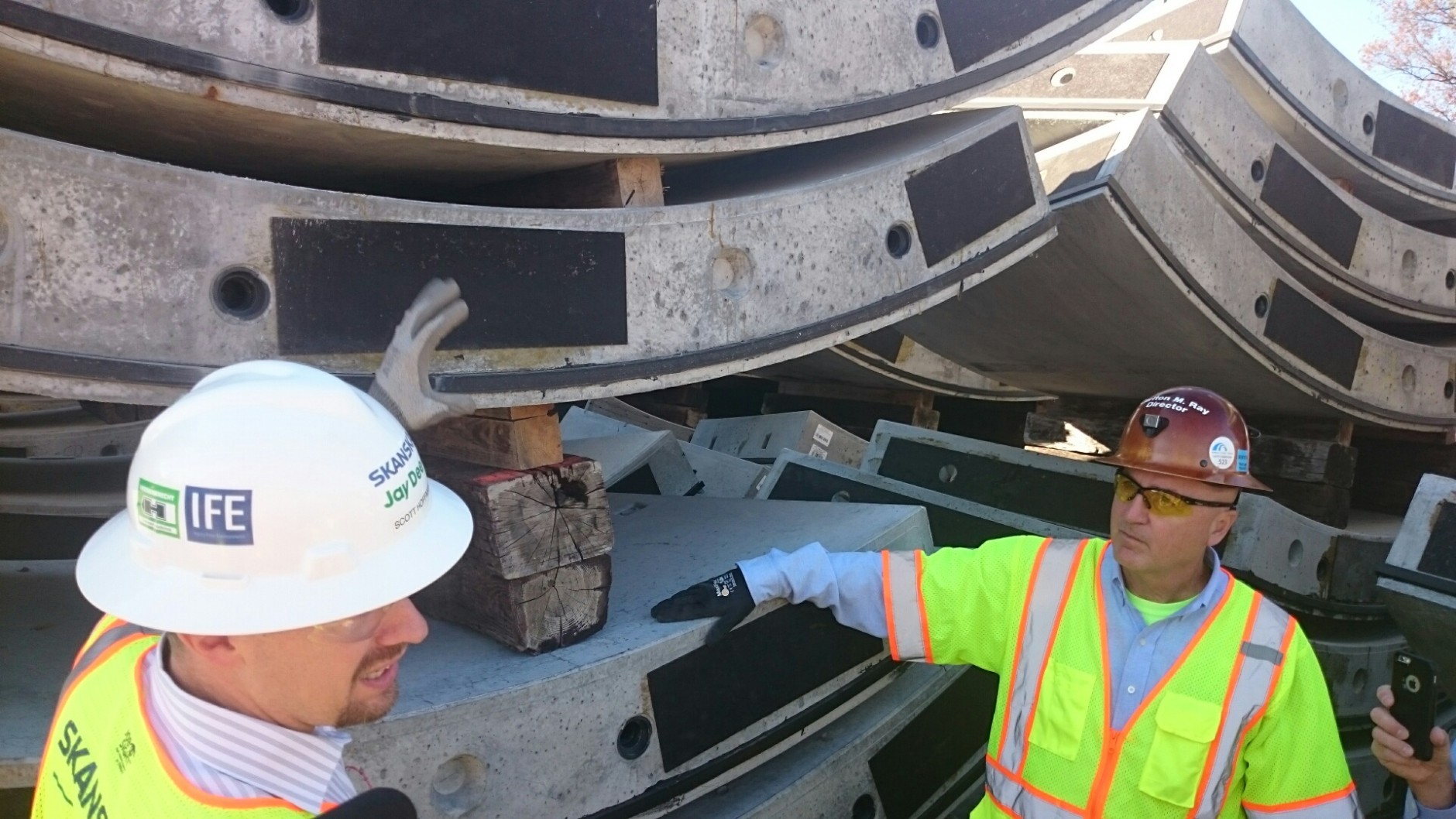
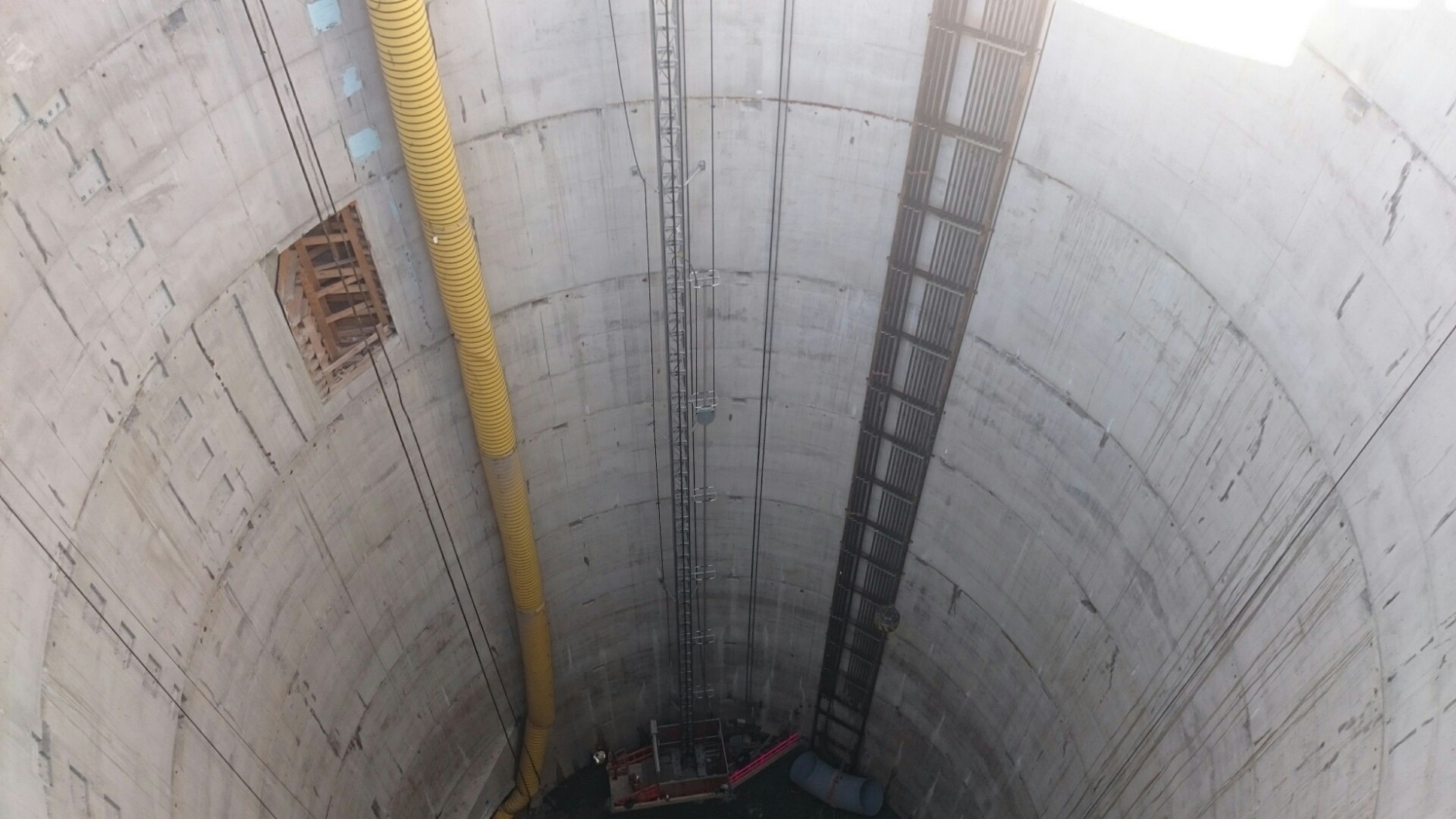
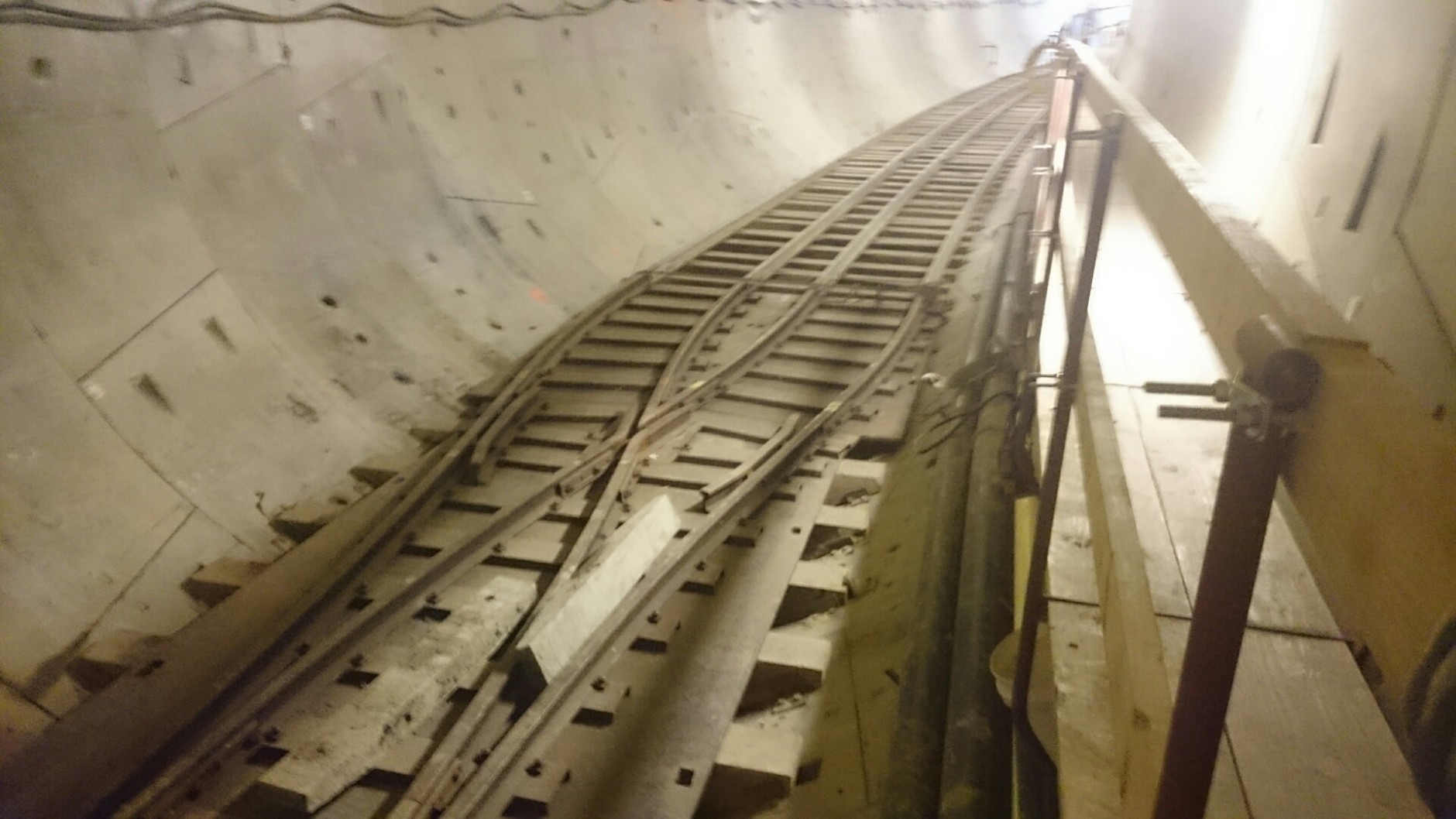
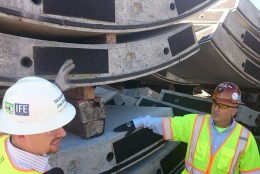
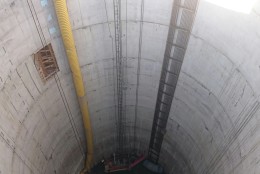
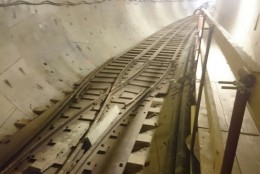
WASHINGTON — Work continues on the biggest engineering project in Washington — the D.C. Clean Rivers Project.
The latest phase of the project is the construction of the First Street Tunnel, which hopes to alleviate flooding in the Bloomingdale area of D.C.
“Here in Bloomingdale, when stormwater flows into our combined sewers and they overflow, it actually overflows into city streets and possibly people’s basements,” D.C. Water General Manager George Hawkins said.
Until the entire 13-mile tunnel project is complete, this 2,700-foot long section will act as a holding chamber for this extra water during storms.
“Hold it there until the storm has passed and then we’ll pump it back out into existing sewers to get it down to Blue Plains,” Hawkins said.
Lucy, the 1,500-ton tunnel boring machine, will be responsible for digging that tunnel, which will run below 1st Street Northwest from around Channing Street Northwest south to Rhode Island Avenue Northwest.
Right now, Lucy is at around Adams Street Northwest and should finish by the end of the year.

